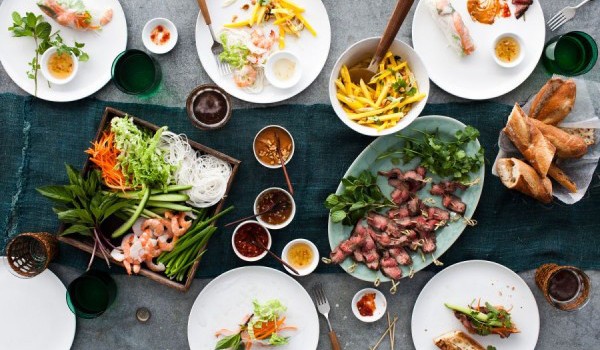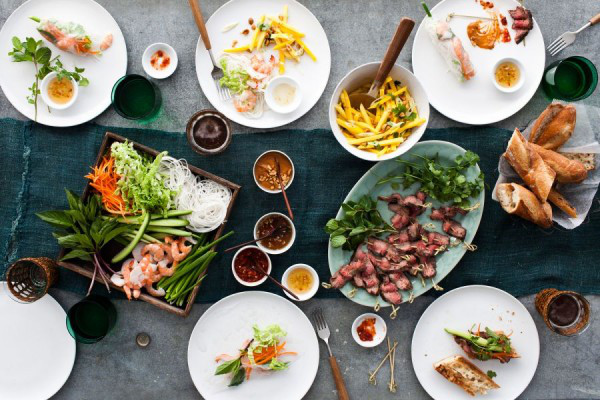

Introduction to Food Photography
Photo Taking Tips March 10, 2016 Editorial Staff 0

Food photography is a specialization of still life photography that is aimed at creating attractive and engaging photos of food for a variety of commercial uses like advertisements, packaging, restaurant menus and cookbooks. The job of a food photographer is to make food “look” delicious and appetizing in a two-dimensional setting.
In most big commercial projects, a food photographer needs to work in collaboration with a professional food stylist. Now, food styling is in itself another artform. Food styling is the art of arranging and presenting food so that it will look fresh and tasty in photos or videos. A food stylist’s job is to make the food photogenic enough for the food photographer to apply the tools and techniques of still life photography. If you’re a hobbyist who wants to do some food photography, you can start by being your own food stylist first.
Begin by arranging the food for your first few sets of shots. Select the plates, table cloths, placemats and other accessories that will compliment your food subject. For example, a Chinese dish would usually go well with some authentic-looking chinaware on red tablecloth. Then, proceed with preparing the food to be photographed. Take note that some types of food must not be cooked all the way through. Undercooked meat is usually used in photographs. Food loses moisture and mass when it is cooked completely and will tend to look much smaller or even shriveled on photos. To avoid this, food stylists will usually only cook meat until it just looks done.
In many cases, you may even have to replace real food with props or fakes to make your dish subject look good in two dimensions. Here are some of the known tricks of the trade employed by food stylist:
- Toothpicks or wooden skewers are shoved into stacks of food like pancakes and hamburgers to keep them upright during the shoot. Wax or putty is also place underneath some food to keep them from rolling over or tipping to one side.
- Soap or antacid tablets are used to make the bubbles in drinks and the froth in whipped eggs.
- Clear acrylic fake ice cubes are used in place of real ice cubes since they are less messy and won’t melt while shooting.
- Dye or paint is often used to give food better color. For instance, wood stain and shoe polish are brushed on to give chickens and turkeys a golden brown “fresh from the oven” look.
- Motor oil is sometimes used in place of pancake syrup, since the real thing can be rather difficult to photograph
- White glue is usually substituted for milk in a bowl of cereal since the glue has a much thicker consistency than milk, and it prevents the cereal pieces from becoming too soggy and unattractive too early during the shoot. Alos, fast drying glue is used to reassemble pieces of food that have crumbled or got torn before the take.
- To create steam, water-soaked cotton balls are microwaved behind the food that’s being photographed. Smoke pellets or incense sticks can also stand in for steam as long as they are lightly fanned.
- Mashed potatoes are injected under the skin of poultry before it is torch-cooked to give it a deliciously voluptuous appearance.
Try those food styling tricks on your food subjects. View them on your computer and edit with Photoshop. Have them printed at your nearest Target Photo outlet to see how your work looks on real photo paper.

No comments so far.
Be first to leave comment below.